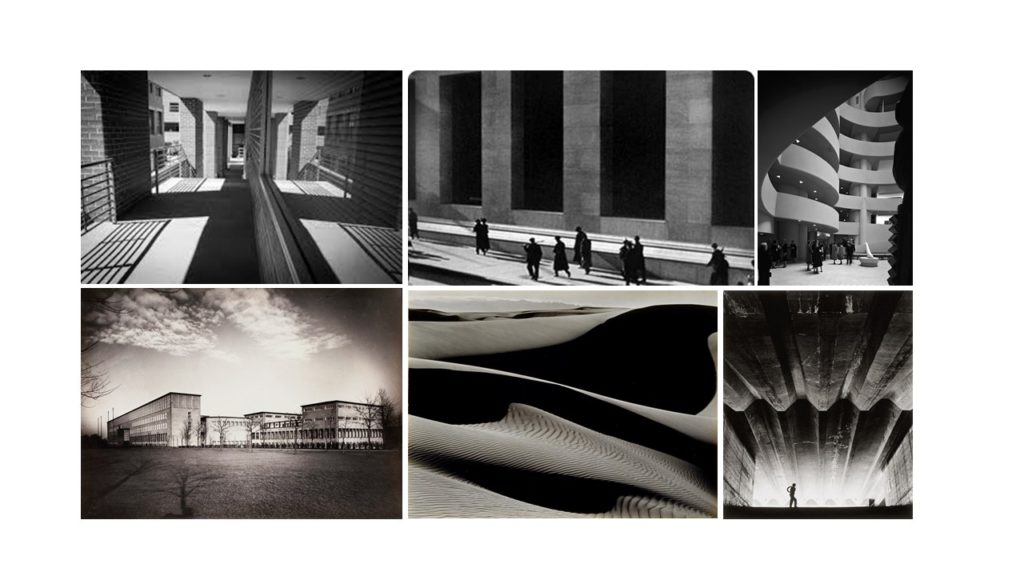TIME PERIOD
1960s/ 1970s
WHAT IS POSTMODERNISM
Postmodernism developed on the themes and conceptual ideas than began during the period where modernism first grew. This particular type of photography features surrealism, expressionism and other themes that relate to this point and values. As well as this there is also a movement away from traditional rules of art, adventuring away from the norm. Artists may diverge away from the norm by placing subjects in odd arrangement or displays and in some cases there may even be an absence of a definitive subjects, which allows new contextual feelings and idea to grow.
ROOTS AND INFLUENCES
- World war II (1939-1945),
- The revolution in science and technology since the 1950s
From Modernism to Postmodernism: The relationship
There are mainly two viewpoints on the relationship between modernism and postmodernism:
1. Postmodernism is a reaction to or even rejection of modernism.
2. Postmodernism is the development and new generation of modernism and they are two aspects of the same thing.
KEY CONVERSATIONS
- Postmodernism is the relation between shifting away from the norm of photography and real world situations. For example, social aspect, historical, political, psychological and many others.
- It considers what the audience believe and feels like when they see the photography
- Relate to the hidden agendas of the art markets and references to art museums and critics of the photography art world
METHOD AND TECHNIQUE
Photographs can be present in a wide range of ways for example blown up, blurred, focused, cropped etc, basically allows artist to express their feeling and thoughts of the topic that they are trying to represent. A popular technique is using repetition of the same image to project even more emphasis on key concepts.
ARTIST ASSOCIATION
- Jean Baudrillard
- Gilles Deleuze
- Jacques Derrida
- Michel Foucault
- Pierre-Felix Guattari
- Fredric Jameson
- Emmanuel Levinas
- Jean-Francois Guattari
- Richard Rorty

MODERNISM
TIME PERIOD
1900s/1960s
WHAT IS MODERNISM
The invention of modernism photography posed a significant aesthetic change to photography artistic history and lead to a shift in the way in which the production of photography is made and utilised the overall forum. The overall movement from old photography into modern photography is defined by a departure of traditional artistic fronts, such as painting and the movement of continuous attitudes. Photographers began using the camera as a direct tool compared to the idea of manipulating the images, modern photographers eventually disrupted the wider conventions of the art world by expanding both what was considered art and what was deemed an acceptable subject matter for it.
ROOTS AND INFLUENCES
By the late 1930s, more experimental photography began to emerge, influenced by Pictorialism and avant-garde photography such as Surrealism, German New Objectivity, and the photograms of László Moholy-Nagy and Man Ray
KEY CONVERSATIONS
- Modernism can be projected through multiple smaller projects such as straight photography or realism photography.
- Modernism is the art movement which associates with cultural trends and changes which came from the transformations in Western society during the late 19th century.
METHODS/TECHNIQUES
It was common that photographers projected there images in a black and white form which believed to help emphasis the sharp details in the images and added more focus on different parts of the image, as well as large frames sizes, adding to the over picture.
ARTIST ASSOCIATION
- Alfred Stieglitz- The steerage (1907)
- Paul Strand- Blind (1916)
- Tina Modotti- Workers Parade (1926)
- Alexander Rodchenko (1891-1956)

